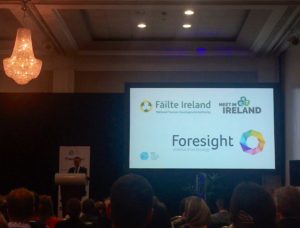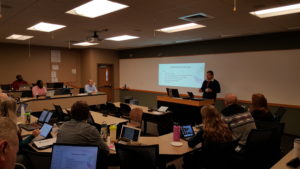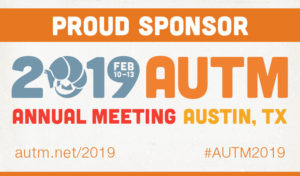Foresight Science & Technology is excited to announce that we will be presenting at America’s SBDC Conference in Long Beach, CA held on September 3-6, 2019. Foresight’s Director of Consulting and Training, Dr. Konstantin Izvolsky, will be conducting the session “Understanding SBIR/STTR Programs and Writing a Winning SBIR/STTR Commercialization Plan” on September 4th from 1:45 – 3:15 PM in hall 103A. If you will be in attendance be sure to attend this session for information on the SBIR/STTR Programs and an insider’s look at preparing winning Commercialization Plans!
If you would like to schedule a one-on-one meeting with Dr. Izvolsky while at the conference, please email: kelli.cardoso@foresightst.com




